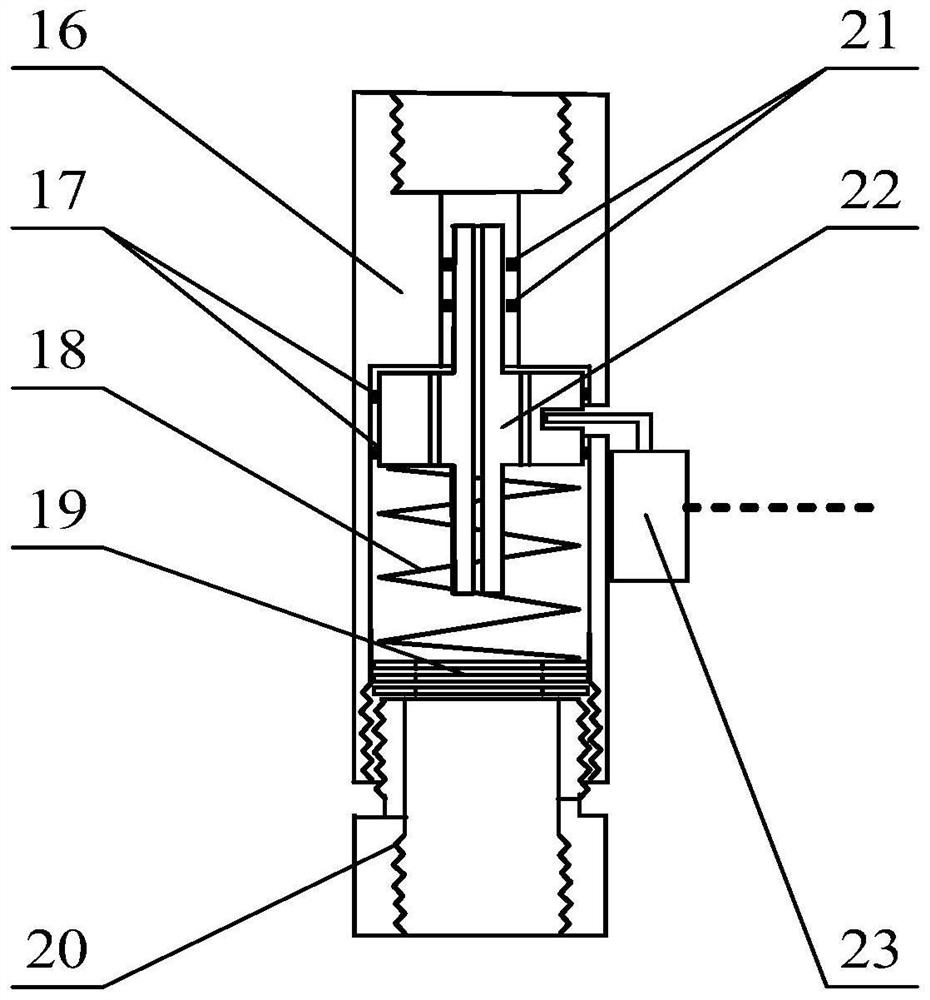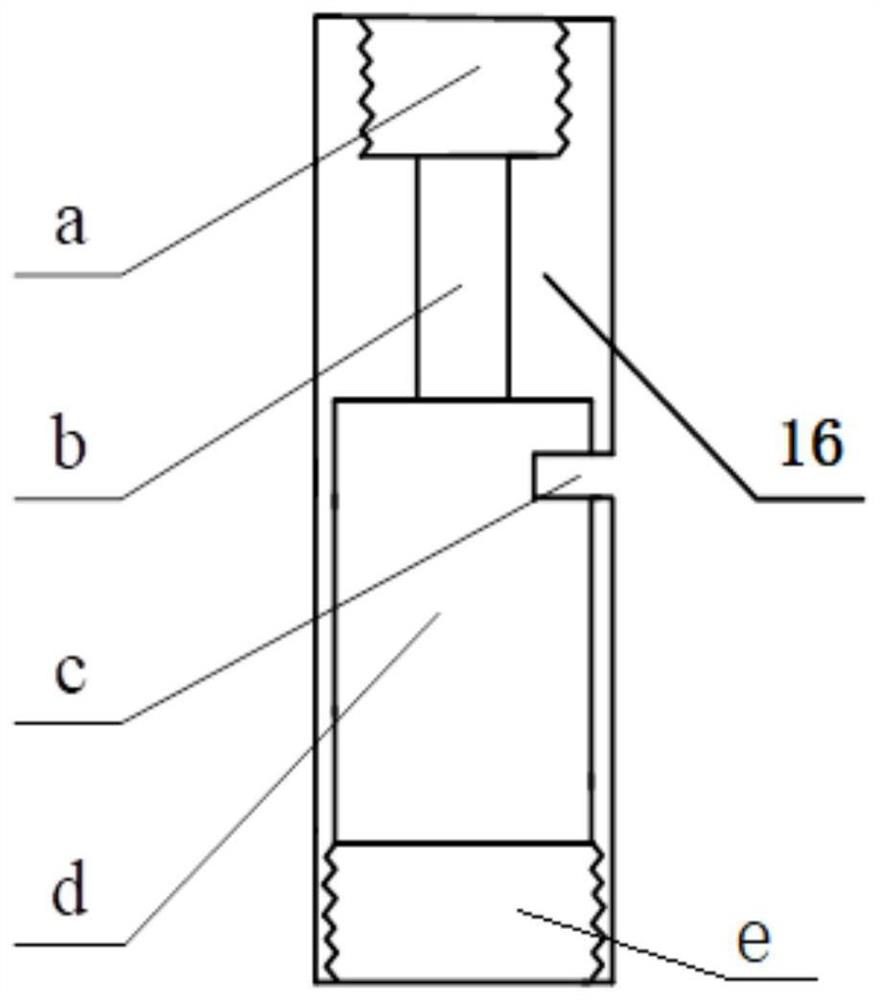Autonomous intelligent self-energy-supply active suspension adopting double-head oil cylinder and working method of autonomous intelligent self-energy-supply active suspension
A double-head oil cylinder and active suspension technology, applied in suspension, elastic suspension, vehicle spring, etc., can solve the problems of complex rectification oil circuit, inability to intelligently switch between comfort and driving safety, and improve driving safety , the effect of improving ride comfort
- Summary
- Abstract
- Description
- Claims
- Application Information
AI Technical Summary
Problems solved by technology
Method used
Image
Examples
Embodiment Construction
[0026] like figure 1 As shown, the autonomous intelligent self-powered active suspension adopting double-head oil cylinders of the present invention is installed between the wheels 8 and the vehicle body 1 above the wheels 8, including traditional damping structures and anti-resonance damping structures.
[0027] Wherein, the traditional damping structure has a first coil spring 7 , a first throttle valve 5 and a first oil cylinder 6 . The first oil cylinder 6 is arranged up and down, and the first piston 4 separates the first oil cylinder 6 into the upper and lower two sealed oil chambers inside the first oil cylinder 6, and oil is stored in the upper and lower oil chambers; the first piston The upper and lower ends of 4 are all piston rod ends, that is, there are rod ends, and there are two piston rods. In this way, the first oil cylinder 6 and the first piston 4 with two piston rods form a double-headed oil cylinder. Therefore, the first The piston 4 divides the first oil ...
PUM
 Login to View More
Login to View More Abstract
Description
Claims
Application Information
 Login to View More
Login to View More - R&D
- Intellectual Property
- Life Sciences
- Materials
- Tech Scout
- Unparalleled Data Quality
- Higher Quality Content
- 60% Fewer Hallucinations
Browse by: Latest US Patents, China's latest patents, Technical Efficacy Thesaurus, Application Domain, Technology Topic, Popular Technical Reports.
© 2025 PatSnap. All rights reserved.Legal|Privacy policy|Modern Slavery Act Transparency Statement|Sitemap|About US| Contact US: help@patsnap.com



